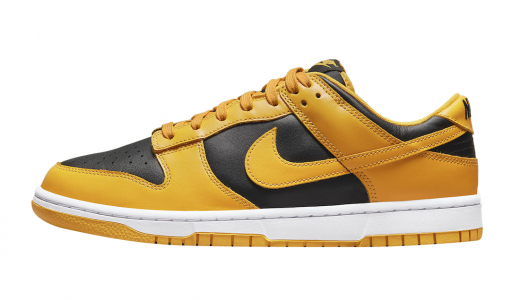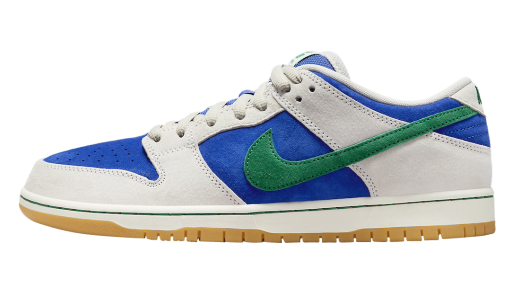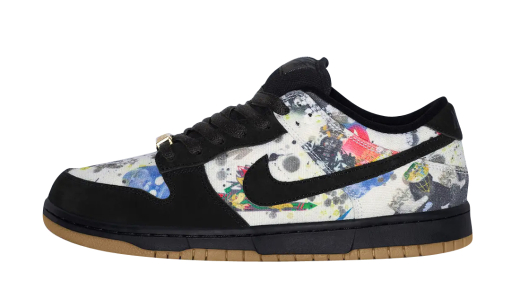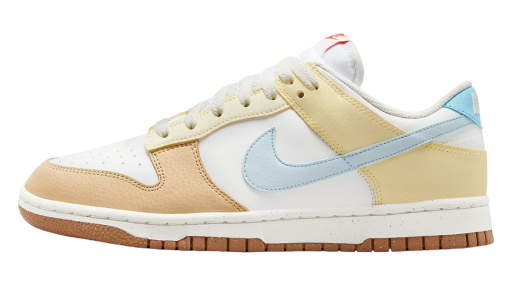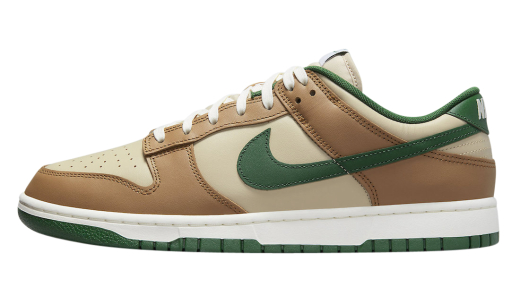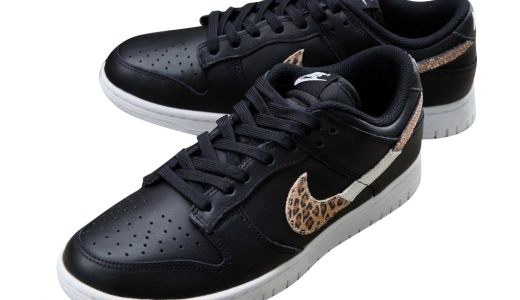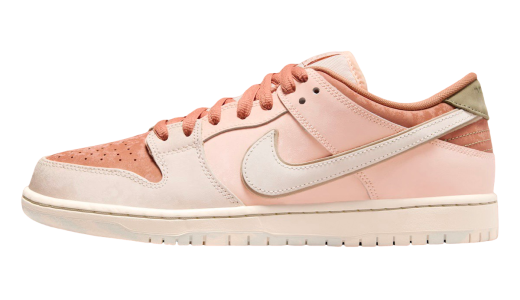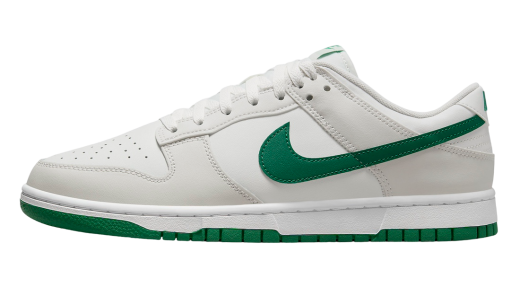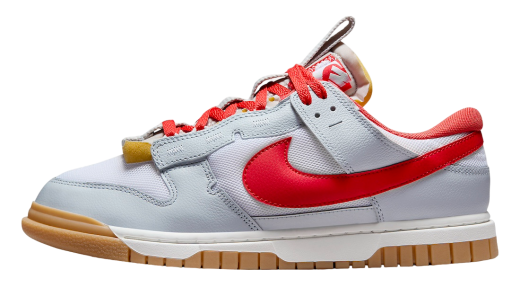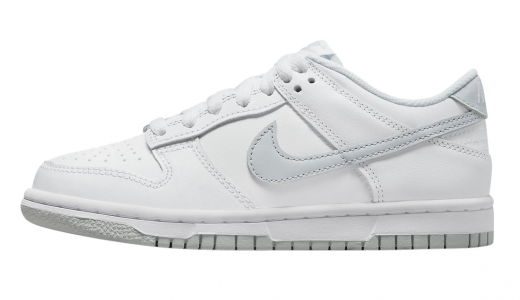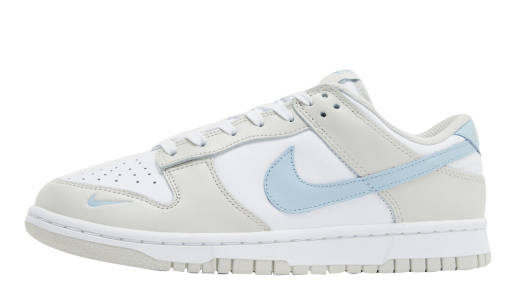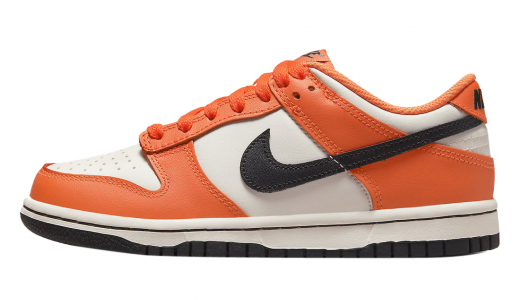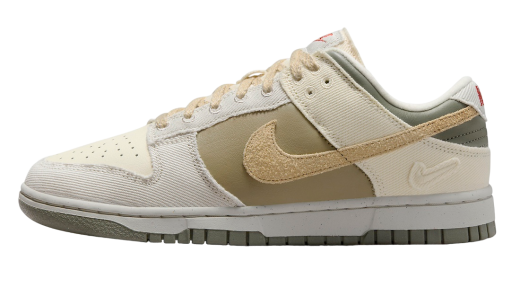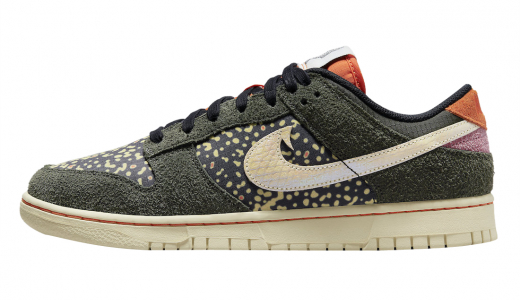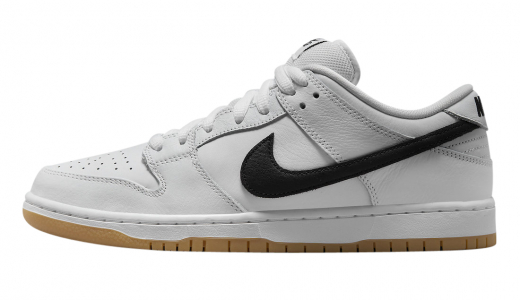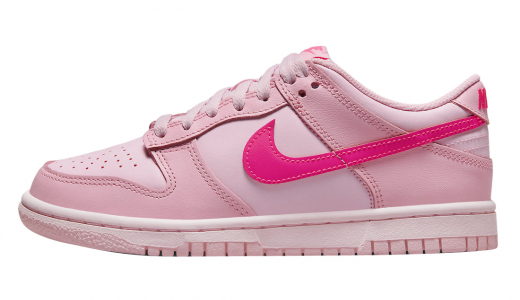Nike Dunk Low
The Nike Dunk Low is a legendary sneaker that has captivated both sneaker enthusiasts and casual wearers since its debut in 1985. Initially designed as a basketball shoe, the Dunk Low quickly transcended its athletic origins and became a staple in streetwear and skateboarding communities. Its versatile design, characterized by a low-cut silhouette and a wide array of colorways, makes it suitable for almost any outfit or occasion. Over the decades, the shoe has been reinvented in countless collaborations with artists, designers, and even other brands, solidifying its status as an iconic part of sneaker culture.
The appeal of the Nike Dunk Low extends beyond its aesthetic versatility. The shoe is celebrated for its comfort and sturdiness, featuring a durable leather or suede upper, a padded tongue, and a cushioned midsole. These elements come together to provide a fit that is not only stylish but also functional. The rubber outsole with its pivot circle design offers excellent traction, which was originally intended to accommodate quick movements on the basketball court but has since found use in various other activities. As the Nike Dunk Low continues to be a favorite among different generations, its ability to blend timeless design with modern trends proves that it is much more than just another sneaker; it's a cultural icon.
History of Nike Dunk Low
### The History of the Nike Dunk Low: A Cultural Phenomenon
#### Origins (1985) The story of the Nike Dunk Low begins in 1985, a landmark year for sneaker culture. That year, Nike introduced several iconic designs, including the Air Jordan 1. However, another silhouette was about to make a significant impact on both basketball and streetwear: the Nike Dunk. Initially conceptualized as a basketball shoe, the Nike Dunk was created by then-designer Peter Moore, who aimed to cater specifically to college basketball players. The Dunk was cleverly marketed under the "Be True to Your School" campaign, offering colorways that aligned with the uniforms of major college teams such as the University of Michigan, Syracuse, and Georgetown.
The Dunk’s design cleverly borrowed elements from various other Nike models. Utilizing the sole from the Air Jordan 1 for stability, the upper segments incorporated patterns and overlays found in the Nike Terminator and the Nike Legend. This amalgamation led to a sneaker that was not only supportive but also visually appealing, effectively gaining traction in collegiate environments.
#### Evolution into Skateboarding Culture (Late 1990s - Early 2000s) As basketball shoe technology advanced and the game evolved, the Nike Dunk began to lose its luster on the courts. However, the silhouette found a second life in an unexpected place: skateboarding. Street skaters discovered that the Dunk’s flat sole provided excellent board feel, while the durable uppers could withstand the wear and tear of skateboarding. This organic crossover caught Nike's attention, and they revamped the Dunk to cater expressly to skaters.
In 2002, Nike SB (Skateboarding) was launched, with the revamped Dunk Low becoming a cornerstone of the line. The Nike Dunk Low Pro SB was equipped with extra padding and Zoom Air insoles, making it particularly suitable for skaters. This commercialization was spearheaded by releases that stirred up considerable buzz, such as the "Supreme" Dunk Lows and the "Pigeon" Dunk Low by designer Jeff Staple, famous for causing a near-riot in New York City. These collaborations stamped the Dunk’s place in the annals of sneaker culture, successfully transitioning from sportswear to streetwear and skateboarding.
#### Influential Collaborations and Themes What truly set the Nike Dunk Low apart was its rich history of collaborations. Renowned brands, artists, and influencers began to inject their creativity into the Dunk canvas. One of the first significant partnerships was with Supreme in 2002, featuring a cement print that appealed to sneaker enthusiasts eager for exclusive, limited-edition releases.
Subsequent collaborations continued to be eagerly anticipated. In 2004, Nike teamed up with New York City-based sneaker boutique, Undefeated, and later with other notable names such as Stüssy, Diamond Supply Co., and Travis Scott. These collaborations were often accompanied by compelling backstories, unique packaging, and memorable themes, generating a "hype" culture surrounding each release. Notably, the “Tiffany” Dunk Low by Diamond Supply Co., featuring a teal blue color scheme and a premium crocodile-embossed leather Swoosh, became one of the most sought-after Dunks of its time.
Nike also ventured into pop culture, drawing inspiration from characters, movies, and other media. The "Heineken" Dunk Low mimicked the colors of the infamous beer brand but was, for legal reasons, an unofficial tribute. The "Freddy Krueger" Dunk Low, although scrapped due to licensing issues, remains one of the most legendary unreleased pairs in Dunk history.
#### Mainstream Renaissance (2018 - Present) The late 2010s saw an unexpected renaissance for the Nike Dunk Low. Its resurgence can be attributed to a combination of nostalgia, the influential power of social media, and strategic collaborations. By this point, sneaker culture had transcended subcultures to emerge as a mainstream phenomenon, with collectors and casual wearers alike eager to own a piece of history.
Some of the most popular recent releases include collaborations with global fashion brands like Off-White, designed by Virgil Abloh. The Off-White x Nike Dunk Low series featured Abloh's signature deconstructed aesthetic and bold zip-tie tags, generating immense hype across the sneaker community. The Travis Scott Dunk Low, adorned with paisley and plaid prints, also captured the imagination of sneaker fanatics, selling out within minutes and subsequently fetching high prices on the resale market.
Simultaneously, Nike continued to honor its legacy by re-releasing some of its most iconic colorways. “Retro” editions of original collegiate colorways and other beloved themes provided an opportunity for newer generations to experience the classics firsthand. The brand also capitalized on storytelling, using innovative marketing approaches that focused on the Dunk's storied past and cultural significance.
#### Cultural Impact and Legacy The Nike Dunk Low is more than just a sneaker; it is a cultural touchstone spanning multiple generations and subcultures. Its ability to adapt and stay relevant—whether on the basketball court, in skateparks, or on city streets—speaks to its versatile design and the strategic acumen of Nike as a brand.
Moreover, the Dunk has been an essential piece in the expansive puzzle of streetwear culture. It has allowed artists from various fields to express their unique visions, serving as a canvas for creativity. The Dunk was at the forefront when the DIY ethos of skate culture met the commercial opportunities offered by global fashion, symbolizing a blend of authenticity and consumerism.
Additionally, in a world now dominated by social media, the Dunk has become an icon of "sneakerhead" culture. Platforms like Instagram, YouTube, and Twitter have magnified its reach, turning each release into a global event and each pair into a status symbol.
#### Conclusion From its inception in 1985 as a basketball shoe aimed at college athletes, the Nike Dunk Low has evolved into a cultural phenomenon that straddles various worlds—sports, skateboarding, fashion, and pop culture. Its journey is marked by periods of reinvention, collaborations that have pushed creative boundaries, and an ever-growing community of fans. Whether resurrected in its classic styles or reimagined through innovative partnerships, the Nike Dunk Low continues to stand as a testament to the enduring allure of a perfectly crafted sneaker.
With each new release, the Dunk Low reasserts its relevance, reminding us that while trends come and go, true icons are eternal.
